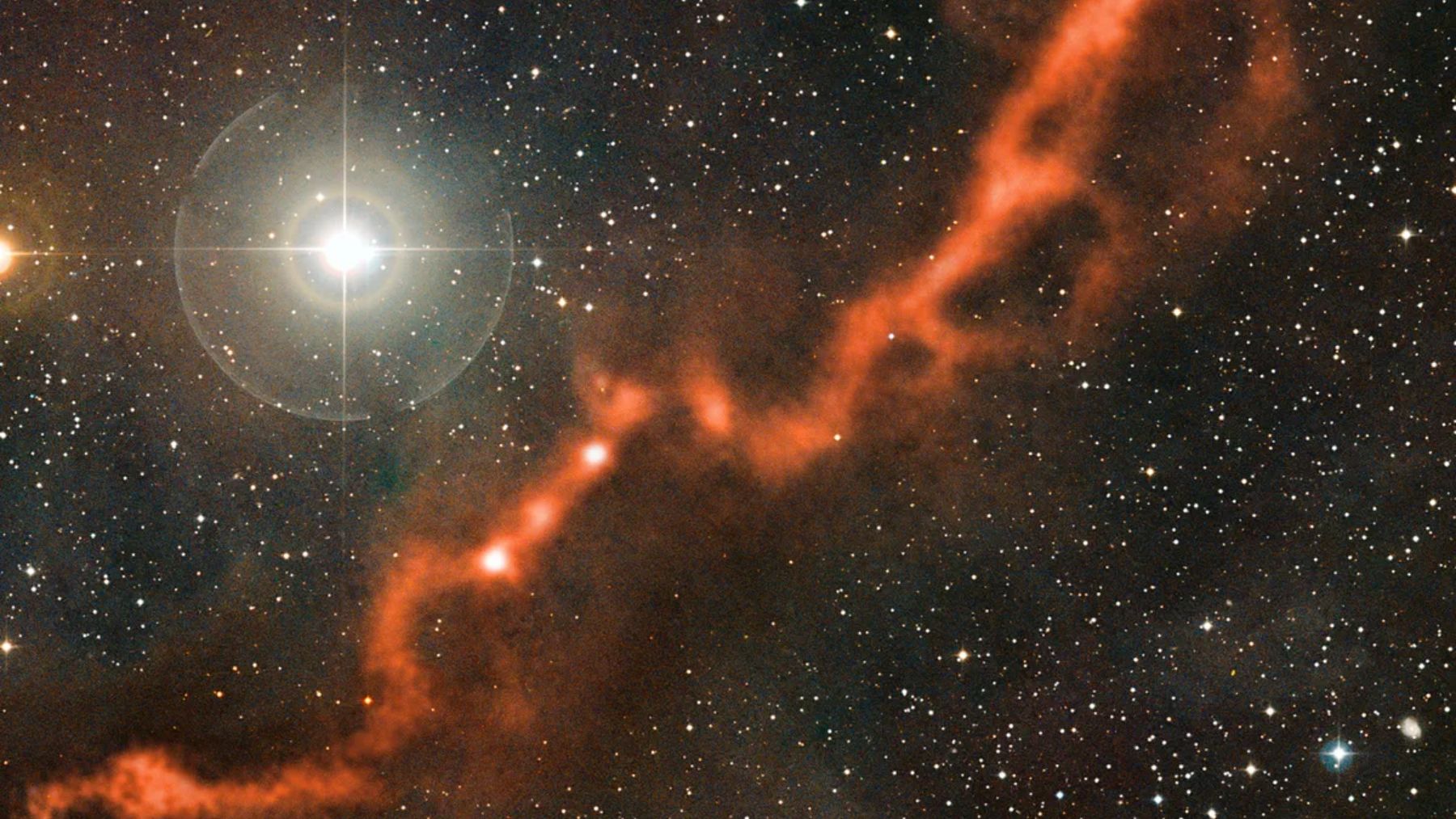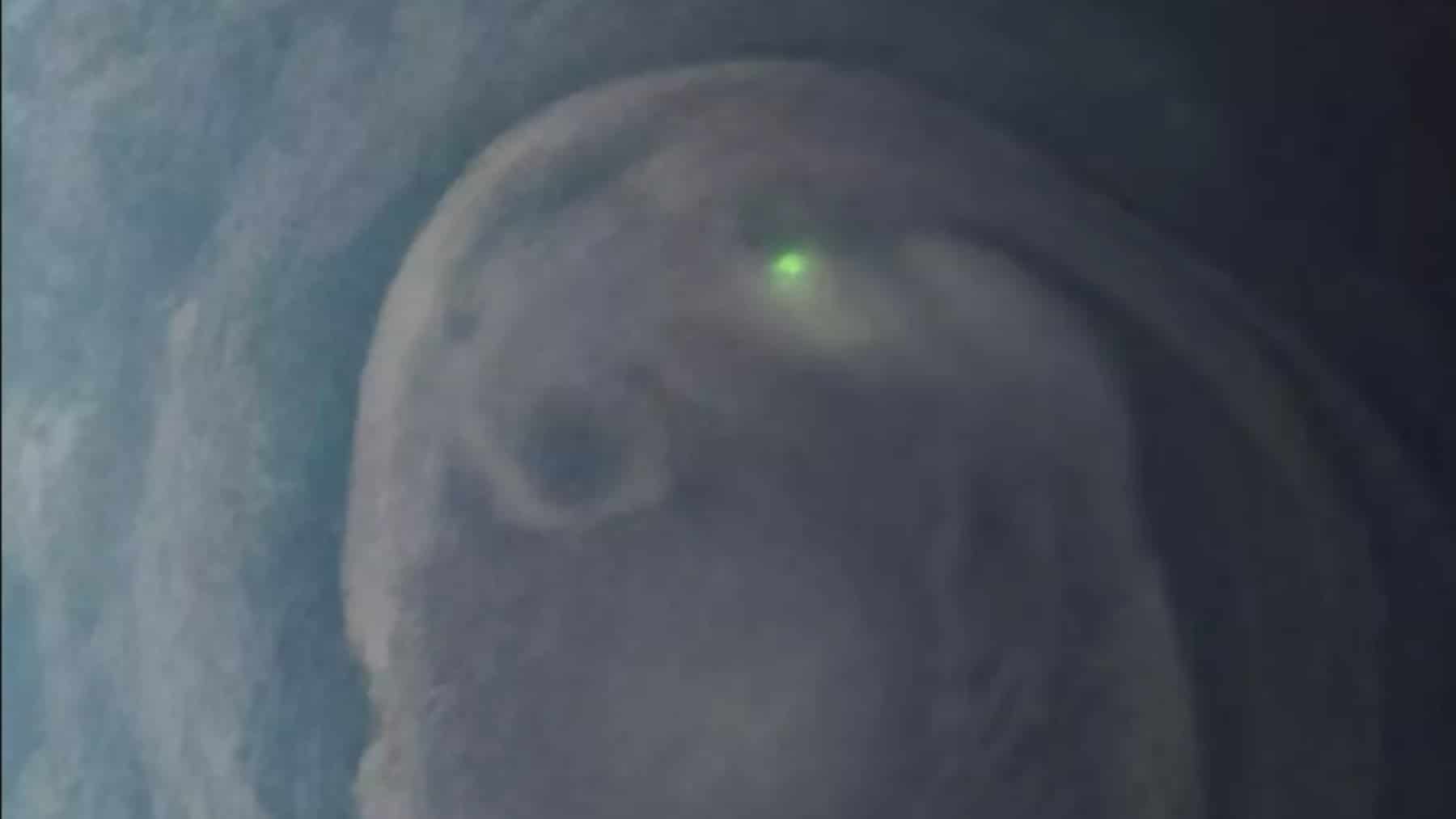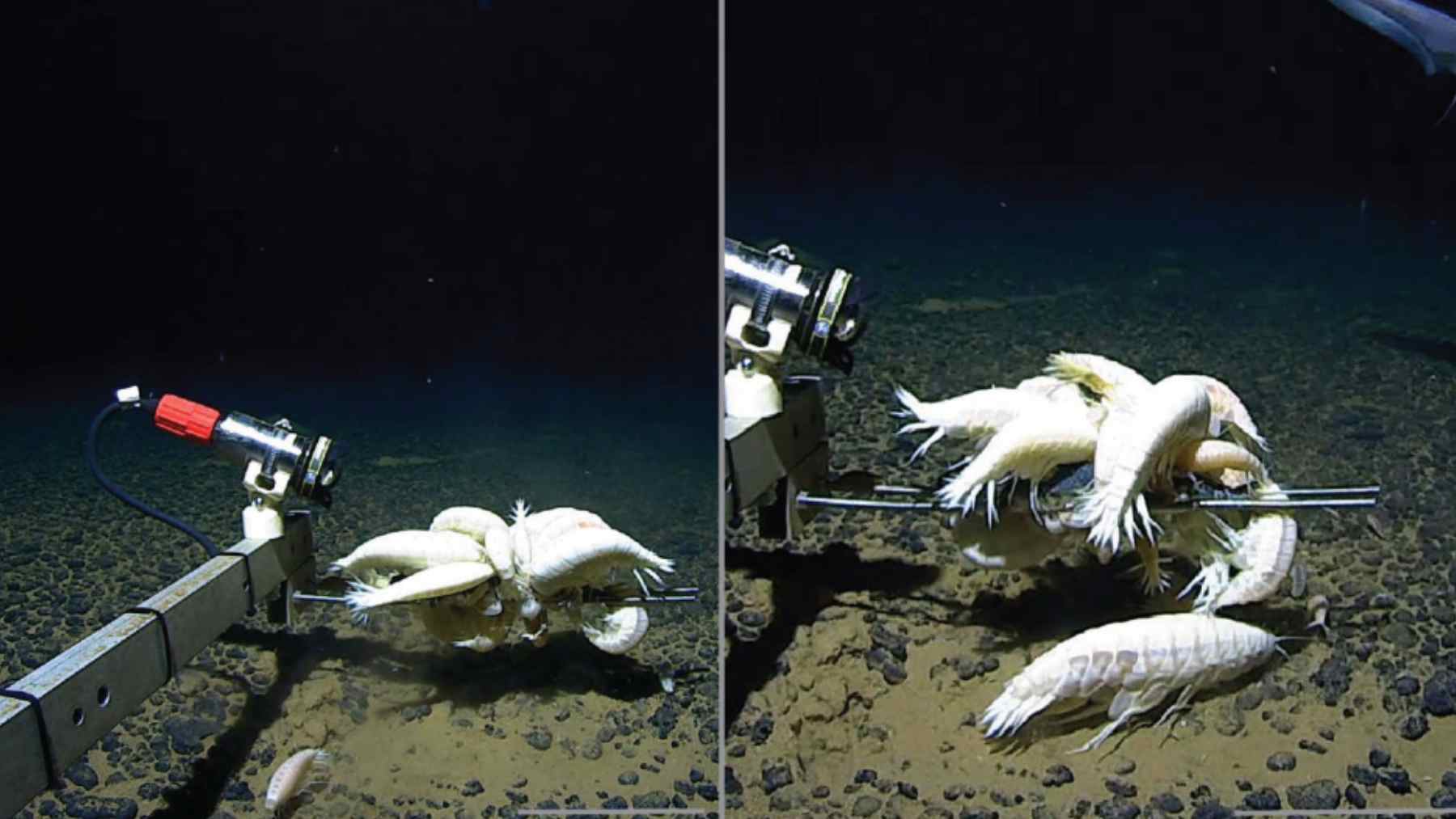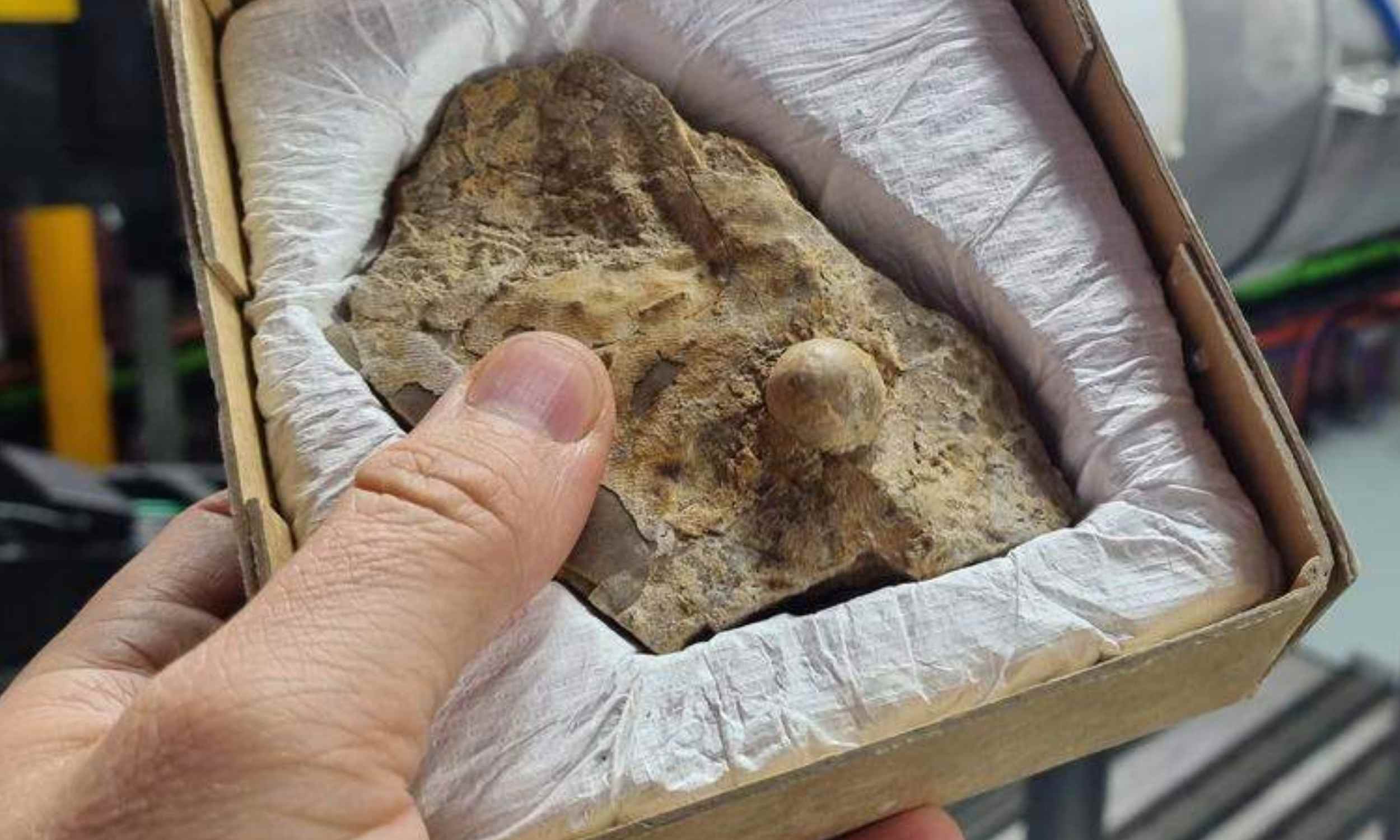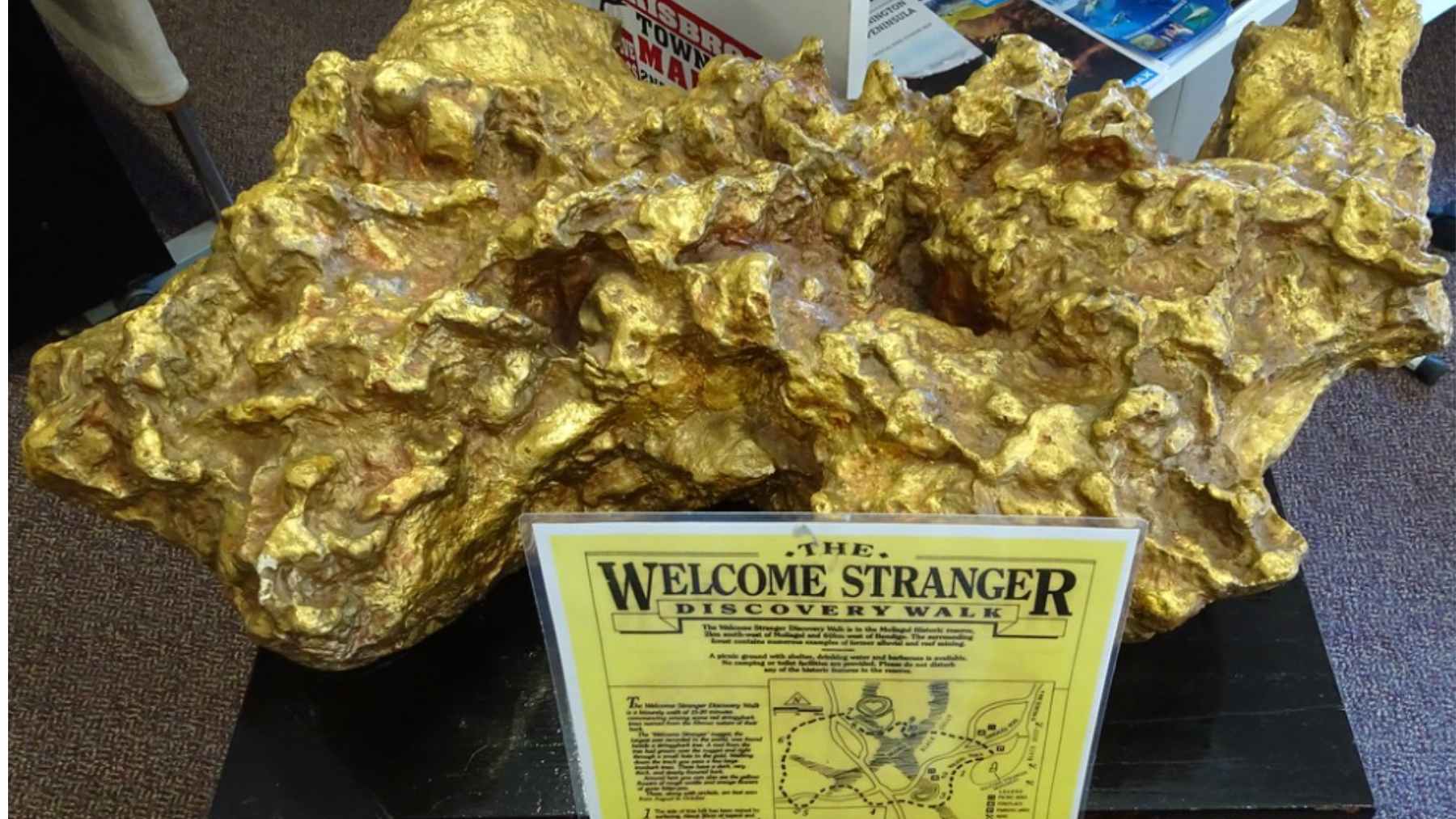The search for life beyond Earth has led us to explore Mars, probe Jupiter’s moons, and even dream of exoplanets in distant galaxies. But sometimes, the most promising clues lie right here, within our own galaxy… they may be hidden in icy bodies, dust particles, and ancient rocks that have been floating around since before Earth’s formation. So much so that for decades, scientists have been asking a question that echoes between radio telescopes and space probes: where did the ingredients of life come from?
Life’s blueprint unveiled: biology’s signal found where no life exists
To better understand what the scientists found, we need to imagine a chemical compound that, on Earth, is only produced by living organisms. Now, we need to imagine that same compound drifting on an icy comet, with no trace of life nearby. That’s exactly what the scientists discovered… All of this happened when ESA’s Rosetta probe deliberately collided with comet 67P/Churyumov-Gerasimenko, located in the constellation Taurus.
And then, among the dozens of molecules identified by Rosetta, one caught the most attention: dimethyl sulfide (DMS). Here on Earth, it is released by plankton and bacteria. In space, however, its presence suggests something even more fascinating: the chemistry of life can occur even in the absence of life. Remembering that this discovery, made at a temperature of –440 ºF (–262 ºC), reinforces a hypothesis that is gaining more and more strength: the building blocks of life are universal, and can still arise even in the most inhospitable scenarios.
Stars burn and ice labs assemble
Most surprisingly, scientists have already identified more than 200 types of organic compounds in space. Many of them arise through two main processes:
- Stellar smoke: When giant stars die, they release hot, carbon-rich winds. These winds cool, forming PAHs (polycyclic aromatic hydrocarbons), honeycomb-like structures also found in coal, oil, and wood smoke. In fact, this process resembles Earth’s combustion. Literally, stars are burning the ingredients of life.
- Ice labs in the dark: In cold molecular clouds, ice-covered dust grains act as mini-laboratories. There, atoms like hydrogen, carbon, and nitrogen slowly accumulate, forming compounds like:
- Methane
- Methanol
- Glycine (the simplest amino acid)
And then, cosmic radiation breaks these molecules into fragments that recombine into more complex structures.
“You can build complexity without much going on in just a cold, dark cloud,” said Alice Booth, an astronomer at Harvard University. In other words, life doesn’t need a planet to begin forming. It starts as chemistry, and this can happen literally in the middle of nowhere (it’s no wonder strange lifeforms bloom near radioactive lakes in the U.S.).
Did life spark on Earth — or did the cosmos deliver its first ingredients?
Now, we must remember that early Earth was hot, hostile, and volcanic. So how did amino acids, the precursors of proteins that gave rise to life, emerge? One of the strongest hypotheses is that these compounds arrived here from space, via comets and asteroids. In fact, some recent evidence includes:
- NASA’s OSIRIS-REx mission returned material from the asteroid Bennu, which is rich in organic compounds.
- The asteroid Ryugu, analyzed by the Japanese Hayabusa2 mission, revealed more than 20,000 carbon-based molecules, including 15 types of amino acids.
- Even the Murchison meteorite, which fell in Australia in 1969, contained 96 distinct amino acids, and life on Earth uses only about 20.
All of these discoveries support theories like the “PAH world,” which proposes that Earth’s primordial soup already contained complex compounds from space. Caution is warranted, as compounds like DMS, previously considered biosignatures, are now seen as potential false positives. In other words, not every organic molecule indicates life, but all life requires them. This also reminds us of another recent NASA discovery that detected this ‘strange’ aquatic, glowing life form from space.
